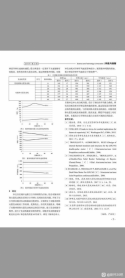Making staged AAM is ridiculous. Not even long range AAMs use rocket stages. The cost per missile will almost double considering you got to do a hell of a lot more engineering to get everything else to perform equally well despite having multiple stages.
Yup, too expensive, but it has been considered (KS-172, AIM-152 AAAM).
Now how cheap can we make ramjets. The PLA uses many air breathing air to surface and surface to surface missiles. A long range (much longer than Meteor) ramjet/scramjet powered missile should be the sweetspot for an air breathing AAM.
Manufacturing cost for a ramjet is not that different from a rocket - neither has any moving parts. It does make flight control development more challenging, for the reasons outlined earlier (but that stops being a financial drain once you complete testing).
Firstly, i have yet to see a high speed AAM missile that's been fielded anywhere in the world, with folding fins. While it may seem like a logical thing to do, obviously there are drawbacks to that solution, otherwise everyone who has stealth jets would also use such missiles. (weight and added drag are among them) That doesn't mean such missiles can't happen in the future, and it doesn't mean China won't be the first country to field such a missile - but I personally won't use an image of a tabletop model plane to make my decision on it.
R-33/R-37 top side fin pair, for semi-recessed carriage in x-attitude under the MiG-31. Plenty of high-speed SAMs too, including some of the fastest outright (9M82, 9M96, Standard Missile family). It's expensive and might make stable separation difficult (fins can only pop out once clear of whatever obstacle requires them to be folded in the first place) but it's an established solution.
Aerodynamic stability during separation is probably the crucial problem, rather than speed, which is why it's much more common in SAMs (TELs are to all intents and purposes stationary during launch).
Last edited:

